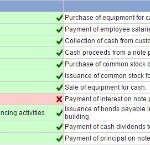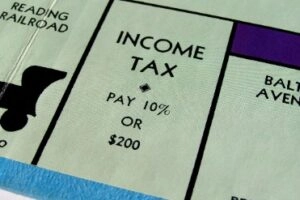Content
- Objectives of Using Standard Costing System
- Which companies first used standard costing?
- How do you know which system is best for decision-making and profitability analysis? Standard Costing
- Why do organizations need specialized costing software instead of out-of-the-box ERP standard cost solutions?
- Preliminaries to Consider Before Using a Standard Costing System

As data models and customization are quickly becoming the new standard in business reporting, outdated legacy systems and methodology must make their exit so organizations can survive and thrive. No, the standard cost is not used for pricing Why Does A Company Use A Standard Costing System? decisions. Considering standard costing to measure profitability, it is essential to understand its potential limitations. You should also consult an accountant or financial advisor to ensure you use the most accurate methods possible.
As deadlines approach and information is still outstanding from the manufacturing, procurement, or sales teams, accountants will plug their own assumptions into the system for a wide range of inputs. In many cases, due to time and resource constraints, allocations are a guess. Labor rates also fluctuate as the industry and economic factors change.
Objectives of Using Standard Costing System
If a company multiplies its predetermined overhead rate by the budgeted allocation base, it is using A. The setting up of standard costs requires the consideration of quantities, price or rates, and qualities or grades for each element of cost that enters a product (i.e., materials, labor, https://quick-bookkeeping.net/ and overheads). The difference between actual costs and standard costs is known as variance. Variance is identified and carefully analyzed, and it is reported to managers to inform suitable corrective actions. The use of standard costs is also beneficial in setting realistic prices.

There is no right or wrong answer, but it is essential to consider all the implications before making a decision. Ultimately, standard costs should be carefully managed if businesses want to avoid these adverse effects and achieve their true potential. However, standard costs can also have unintended consequences, focusing on short-term results at the expense of more strategic considerations. For example, standard costs are often tied to profit targets that must be met to receive bonuses or other types of compensation.
Which companies first used standard costing?
Actuals are compared against historical costs for performance management. Since the actual cost exceeds the standard cost, the company discusses ways to improve efficiency and to decrease the actual cost involved. The use of standard costs is a key element in a management by exception approach. If costs remain within the standards, managers can focus on other issues. When costs fall significantly outside the standards, managers are alerted that there may be problems requiring attention. This approach helps managers focus on important issues.

They also fail to provide an accurate enough estimate of how much inventory should exist based on specific rates set forth by managers. This will cause overages when picking items up from store shelves again. The person responsible for calculating standard costs should understand accounting and finance- this is typically a management or cost accountant. They should also be able to use software to generate accurate reports. Therefore all assumptions used in standard costing must be reviewed regularly to ensure accuracy. Otherwise, incorrect standard costs could lead to serious decision-making errors.

